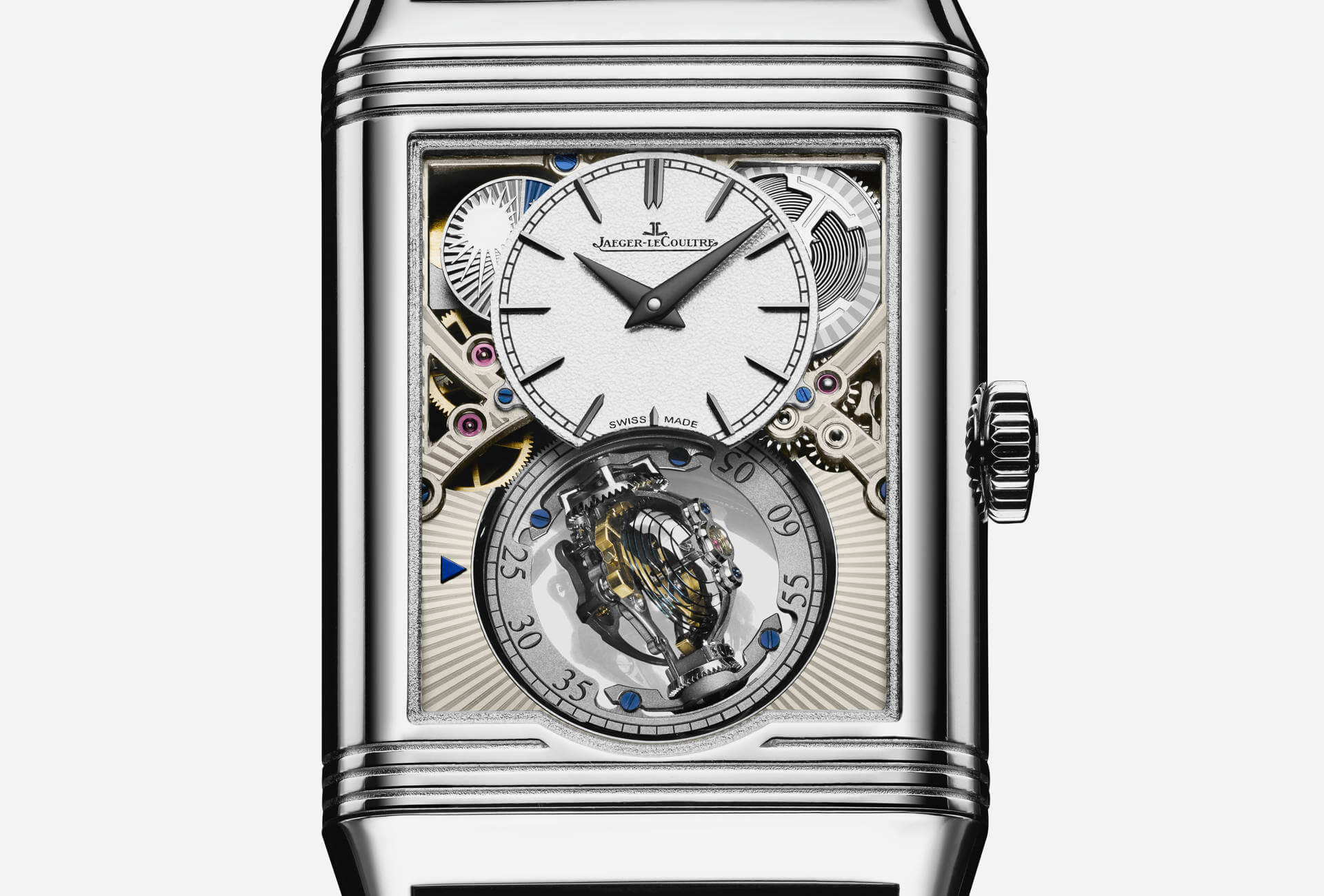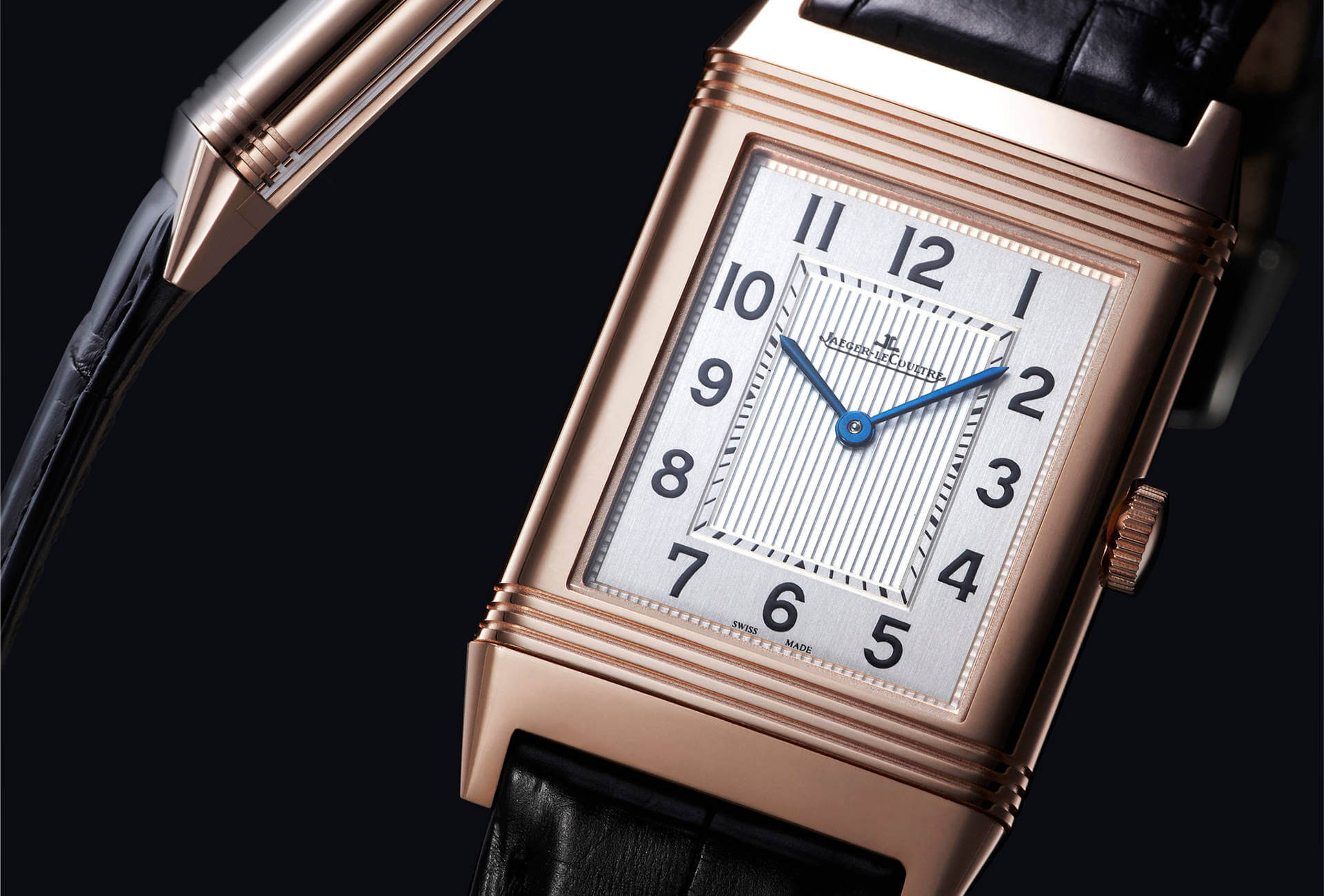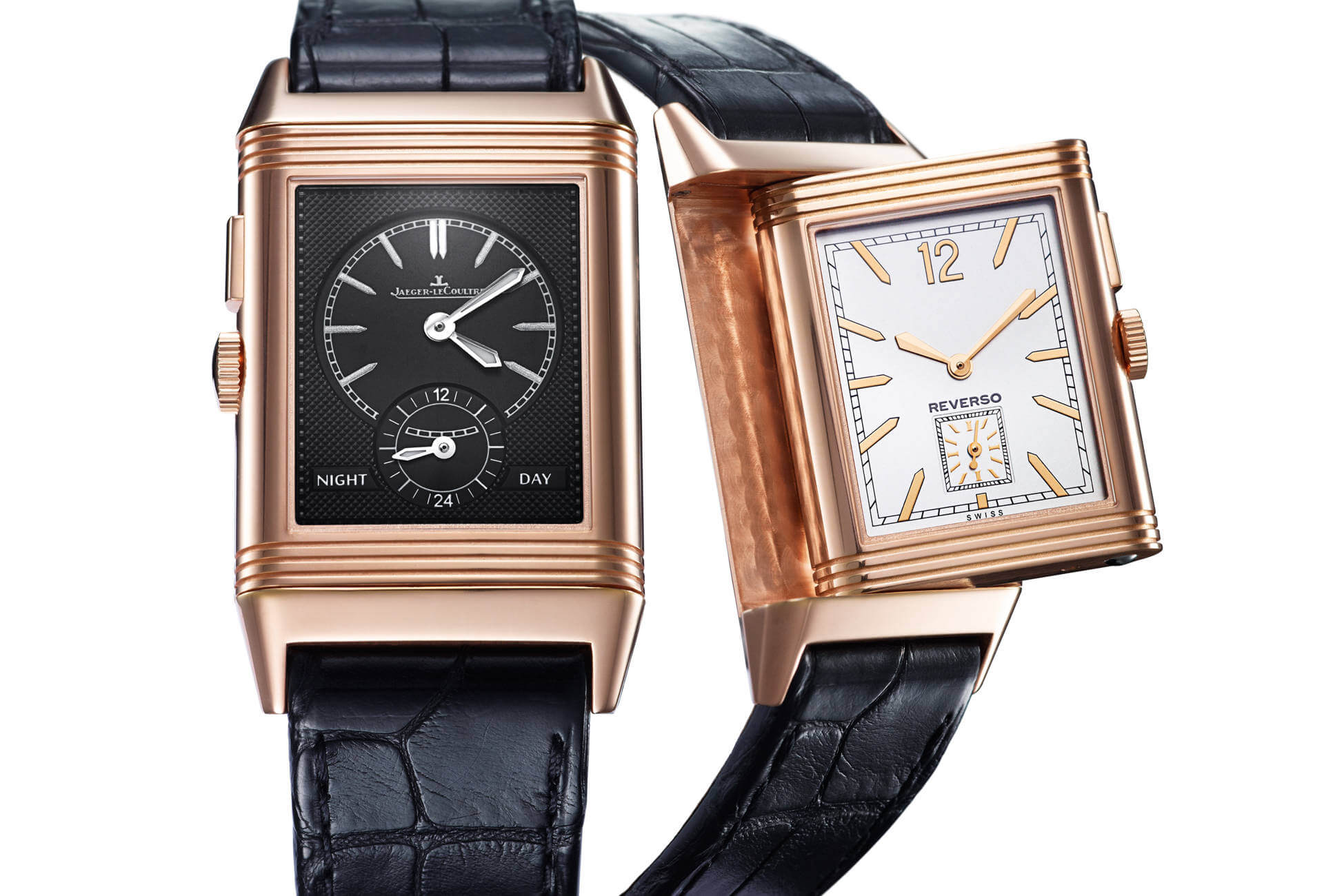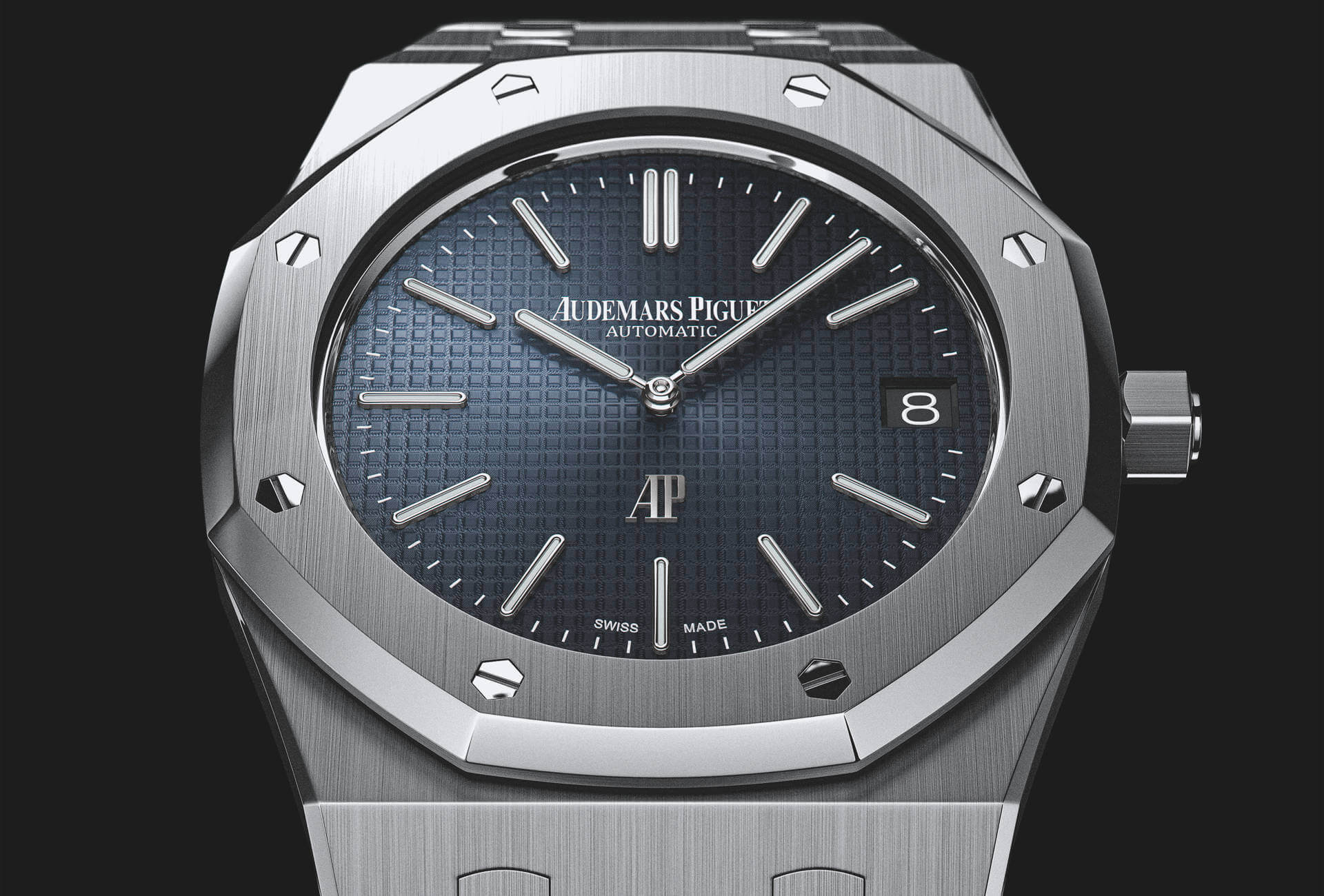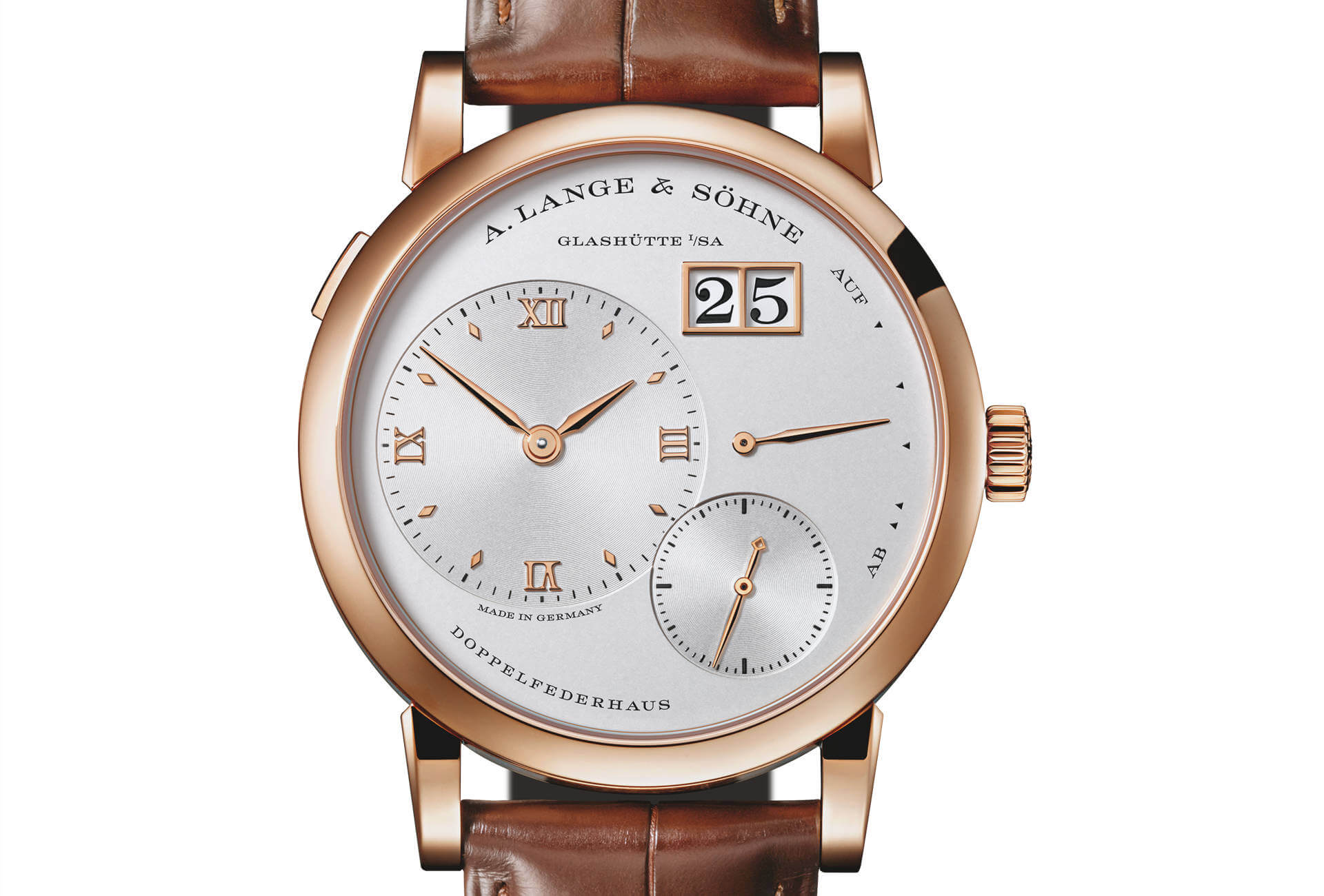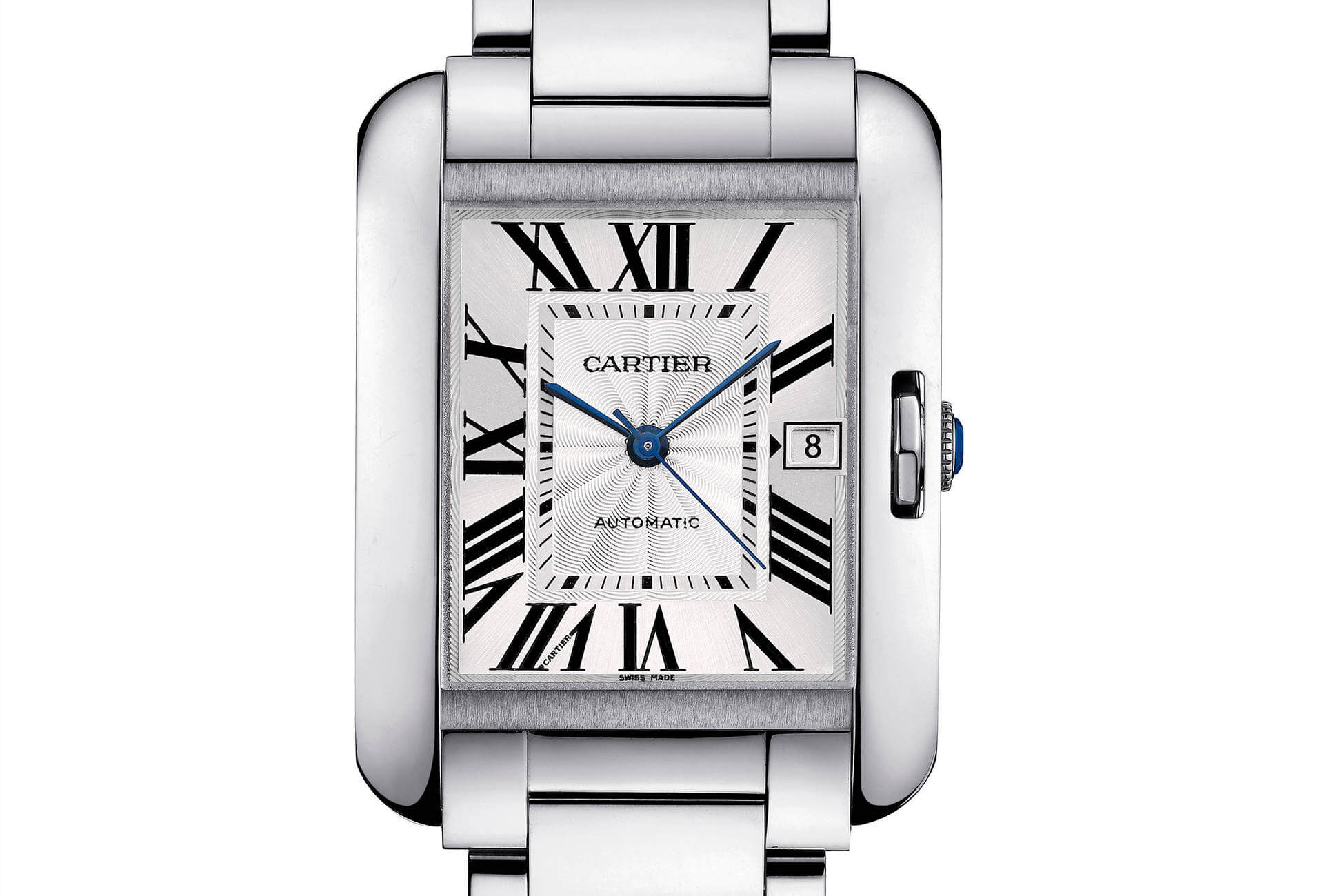Looking at the multiple styles of Reverso watch today, it’s hard to imagine that it came about in response to a request which a polo-playing British army officer, stationed in India, made to César de Trey, a Swiss businessman and watch promoter. The officer had just had the glass of his watch smashed on the polo field, and challenged de Trey to come up with a design that could withstand that kind of rough and tumble. The task was given to a French engineer, Alfred Chauvot, who imagined a watch that “swivels on itself by sliding in its mount”. Patented in 1931, the Reverso, as it became known, was fitted with a special LeCoultre movement – rectangular in shape, as all Reverso movements would be – and marketed by the distributor of Jaeger and LeCoultre (the two became one in 1937) products.
"Created for sportsmen, the Reverso rapidly earned a broader international clientele."
A predestined case
Construction-wise, the original case was given its only makeover in the 1980s – a taste of the larger sizes to come – when the number of components increased from under 30 to over 50. It is still one of the most complex case structures around. Design-wise, it has retained its essence in the Art Deco style that the public instantly adored. “While created for sportsmen, the Reverso rapidly earned a broader international clientele, and was soon to be found on the wrists of opinion leaders, prominent men and women, and trendsetters,” writes Franco Cologni in his book Jaeger-LeCoultre – The Story of the Grande Maison, published in 2006. The sportsmen in question were also gentlemen who dressed smartly whatever the occasion. The harmonious proportions of a rectangular case, seamless attachments and a gadroon decoration framing the dial are characteristic of one of the 1930s’ most modern creations and a true classic today.

That the Reverso should win so many followers was only to be expected, particularly as the back – the protective shell once the case had been flipped over – left the field wide open for all manner of personalisation; first engravings and later enamel miniatures. The first recorded example of a miniature painting dates from 1936 and shows the portrait of an unknown Indian beauty. Jaeger-LeCoultre began producing these miniatures inside its own walls in 1996, thanks to a watchmaker who had learned this art for his own pleasure, applying himself until he felt able to produce the quality that in-house production required. The first diamond-studded Reversos made their debut in the 1970s. They are now made at the Manufacture by stone-setters who employ traditional techniques as well as the mesmerising stone and rock settings that were developed in the early 2000s.
Ringing in the changes
The Reverso celebrated its 60th birthday in 1991 with its first ever complication movement. The Reverso 60e with power reserve set the ball rolling on a series of six limited editions that continued with the Reverso Tourbillon in 1993, Minute Repeater in 1994, Retrograde Chronograph in 1996, Géographique in 1998 and Perpetual Calendar in 2000. They paved the way for the spectacular creations that followed in the twenty-first century, the likes of Grande Complication à Tryptique (2006), Gyrotourbillon 2 (2008), Répétition Minutes à Rideau (2012) and Tribute Gyrotourbillon (2016).
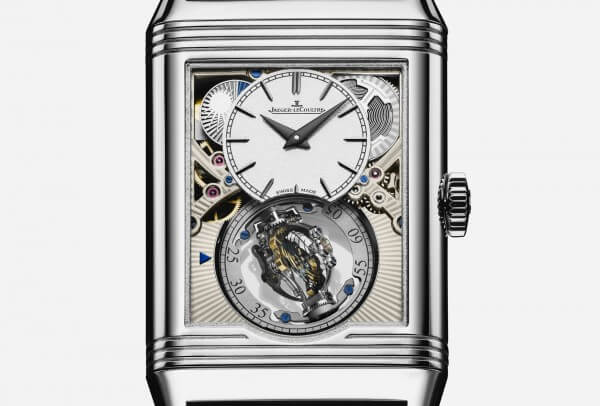
The horological revolution of the 1990s spilled over into the regular collection with the introduction, in 1994, of the Duoface concept, whereby two dials are positioned back to back. It seems obvious, with hindsight, but nonetheless implied the development of an original, purpose-built movement. Practical through and through, Reverso Duoface watches put a new spin on the second time zone function with home time on one dial, local time on the other. Adapted for women three years later, the concept gave rise to the Reverso Duetto whose dials – one for day and one for night – are distinguished by their contrasting decorations. They are joined by a typically feminine second time zone model, dubbed the Duetto Duo.
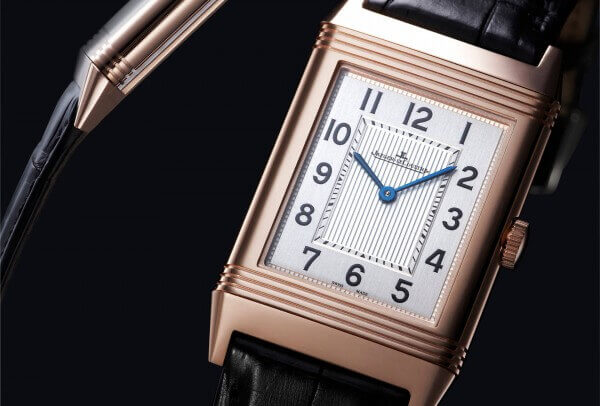
Since the 2000s and 2010s, the Reverso has explored pastures new. For its 70th anniversary, it was a question of “think big” with the Grande Reverso (not to be confused with the Reverso Grande Taille which simply denotes a size in the usual small to large ranking). This Grande Reverso is notable for an exceptional eight-day power reserve, delivered by twin barrels.
When this icon turned 75, it also turned square: the idea came to Jaeger-LeCoultre when it reemerged that the Manufacture had originally hesitated between a square and a rectangular case.
The Reverso slimmed to wafer-thin proportions for its 80th birthday. The height of contemporary refinement, the Grande Reverso Ultra Thin is the epitome of true elegance. This year’s 85th anniversary trains the spotlight on the possibilities for personalising the Reverso which, thanks to the creation of Atelier Reverso, no longer concern just the solid caseback but also extend to the second dials of the Duoface and Duetto models.
Part of the Grande Maison – the name given to Manufacture LeCoultre in the late 1800s – the multiple Reverso watches form a family whose members embrace the categories of contemporary watchmaking like no other.









